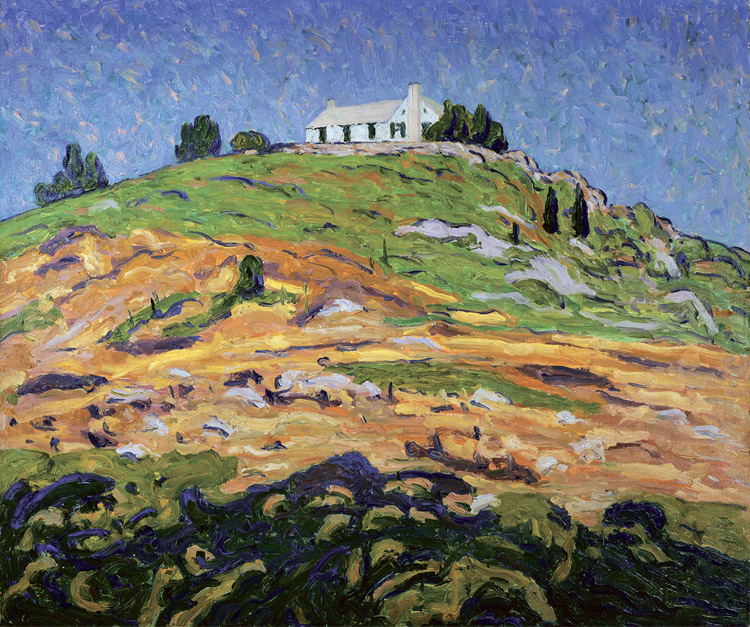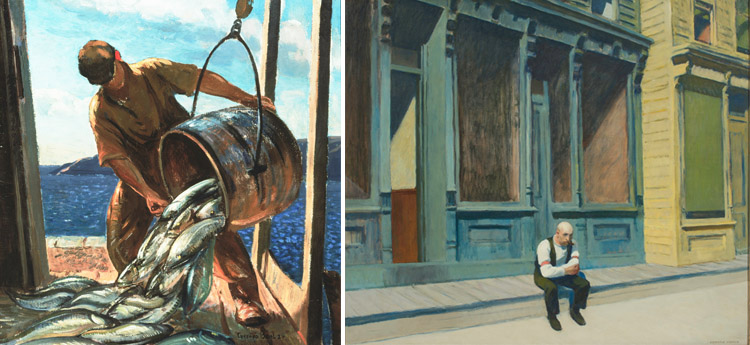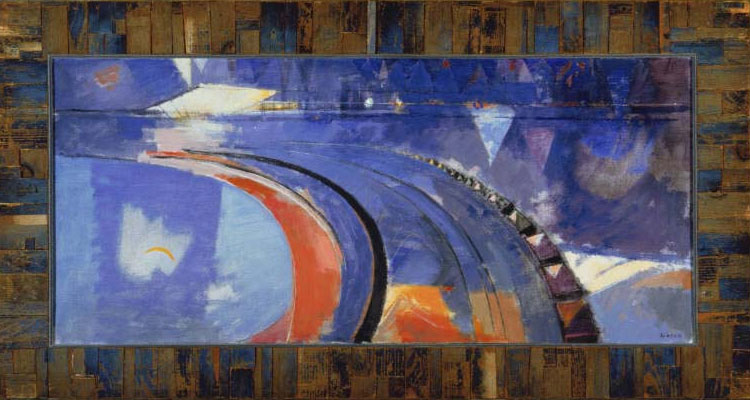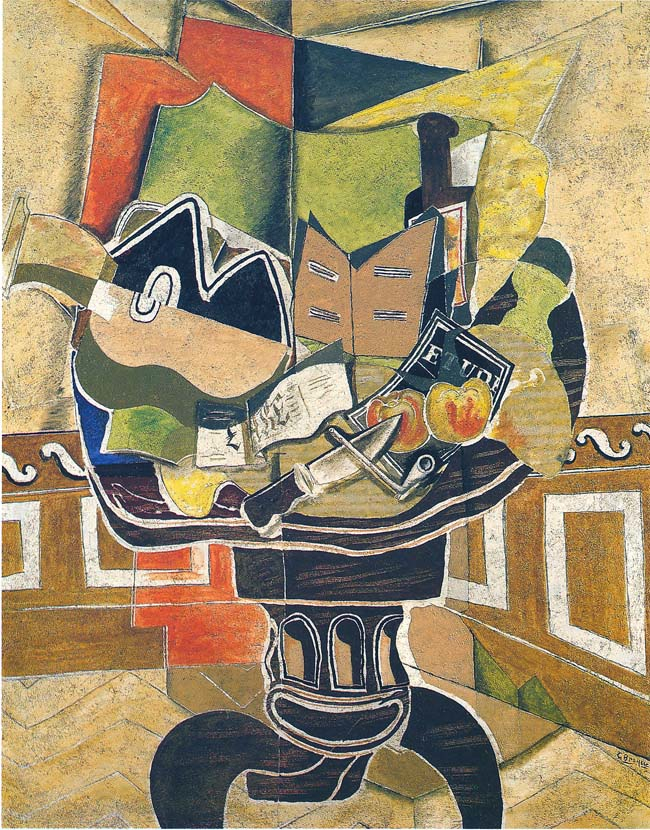Local songwriter Andrew Trotter recently visited Man Ray–Human Equations while taking part in a songwriting challenge. “When I walked in, I knew there had to be a song there. After I wrote the lyrics for the challenge, trying to capture some of the qualities of Man Ray’s art, my musical collaborator from Canada, Natalie Edelson, put it to appropriately surreal music and made a demo,” says Trotter. He was kind enough to share the final product with us; check out the demo and an excerpt of the lyrics below.
Man Ray
White skull, pale breast
Kitchen implement,
Object, soft flesh
Is that what you meant?
Man Ray,
Won’t you come down to play,
The artists at the cafe
Are making their moves
On lovely young things today.
Man Ray
You pictured a derriere,
Each part of her is fair,
But this butterfly you’ll never get,
Slipped out of your camera’s net.
(Chorus)
Man Ray,
What is this game you play,
Why don’t you let things stay
As they are—you’re pushing it way too far.





